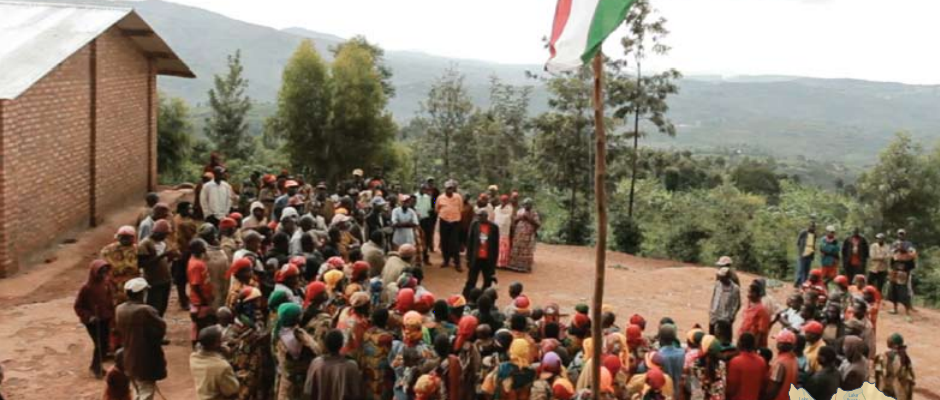
Decentralization and devolution of the public sector have been at the center stage of national policy agendas in many African countries in the past decades. Despite this trend, sub-national governments continue to rely on top-down fiscal transfers to finance local public goods and services. According to the World Observatory on Subnational Finance and Investment, fiscal grants and subsidies represent, on average, 61 percent of sub-national governments’ revenues in Sub-Saharan Africa, while taxes stand at only 21 percent. The scarcity of fiscal resources in low-income economies and the steady relevance of fiscal grants in the financing of public services motivate continuing empirical inquiries into the design and underlying mechanisms of such financing schemes and their effects on socio-economic and political outcomes. Moreover, studying the spillovers of fiscal transfers is of utmost importance for understanding and reaping the benefits of positive externalities across jurisdictions.
A recent paper by Rose Camille Vincent and Victor Osei Kwadwo published in World Development investigates a fiscal grant’s static and dynamic spatial diffusions in Benin. More specifically, the study estimate the total, direct, and spillover effects of the Fonds d’Appui au Développement des Communes (hereafter FADeC) on per capita local government expenditure in the 77 municipalities from 2008 to 2015.
Fonds d’Appui au Développement des Communes (FADeC). The FADeC constitutes the largest pool of fiscal transfers in Benin to date. It accounted for 50% of total local government revenue in 2016. The pool includes a recurrent grant disbursed to finance operational expenditure of local governments (such as salaries and intermediate consumption) and an investment grant which finances public goods and services within respective local jurisdictions. This paper focuses on the latter. Since 2011, the FADeC finances approximately 80% of local spending on public goods and services, including roads, educational services, and other responsibilities assigned to local authorities. In 2015, the FADeC investment grant alone represented 39% of the total local government revenue, a ratio that outweighs that of tax revenue (24%) in that same year. Nevertheless, there remains a lack of (or no) empirical research on its contribution to local socio-economic dynamics and outcomes.
The impact of FADeC on local government spending. Using spatial static and dynamic diffusion models, the authors find evidence of the total, direct, and spillover effects of the FADeC grant on per capita local government expenditure over the period of 2008 to 2015. To date, the literature on the incidence of fiscal transfers is limited in its consideration of the spatial spillovers of such financing mechanisms. By highlighting the indirect effects of the fiscal grant, this paper shows that a significant share of the effects can be attributed to indirect elasticities (i.e., transfers to neighboring jurisdictions), thus channeled through spatial interactions among municipalities in Benin.
In addition, the authors introduce a measure of neighborliness based on the ethnic affinity of the municipalities, thereby testing the relevance of an ethno-spatial interdependence in local fiscal policies, as Benin is among the most ethnically fragmented country in the world. The existing literature also suggests that ethnic structure drives political affiliation and preferences for public goods in Benin. The study therefore postulates that municipalities that share the same ethnic structure or the same dominant ethnic group might have close or similar preferences in demands for public goods and services, which could, in turn, foster local government spending strategies. If we assume that individuals from a given ethnic group living in different municipalities carry semi-homogeneous preferences, then local authorities might well mimic the policies of their ‘ethnic’ neighbors, and the theoretical reasoning put forward by the spatial dependence literature would be valid in this context. Therefore, the analysis considers an ethnic-based spatial weighting scheme (augmented by a linguistic-spatial weight) to test whether ethnic affinity is reflected in the interdependence in local fiscal policies and whether the fiscal transfers spillover to ethnic (or linguistic) neighbors.
Read the entire paper (open access): Rose Camille Vincent and Victor Osei Kwadwo. 2022. Spatial interdependence and spillovers of fiscal grants in Benin: Static and dynamic diffusions, World Development, Volume 158.





